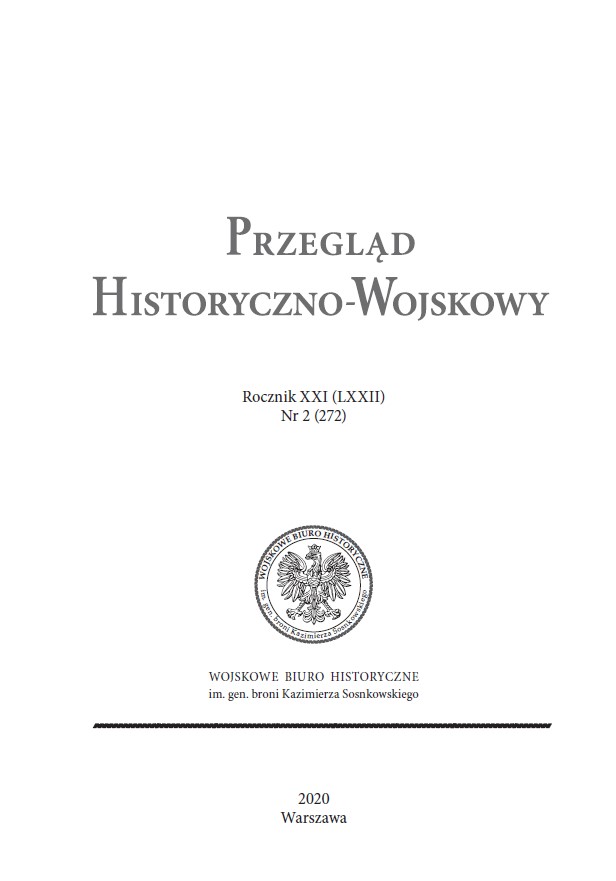„Na posterunku bojowym”. Wojska radzieckie w radzieckiej
strefie okupacyjnej Niemiec/ Niemieckiej Republice Demokratycznej 1945–1954. Wybrane aspekty
„At the Combat Outpost”. Soviet Troops in the Soviet Occupation Zone of Germany/German Democratic Republic in 1945–1954. Selected Aspects
Author(s): Grzegorz HryciukSubject(s): History, Military history, Political history, Recent History (1900 till today), Special Historiographies:, WW II and following years (1940 - 1949), Post-War period (1950 - 1989), History of Communism
Published by: Wojskowe Biuro Historyczne im. gen. broni Kazimierza Sosnkowskiego
Keywords: Red Army;Soviet Army;Group of Soviet Occupation Forces in Germany;Germany;German Democratic Republic;Soviet Union;Soviet occupation zone;Cold War;occupation
Summary/Abstract: The Group of Soviet Occupation Forces in Germany was formed in June 1945. It consisted mainly of the troops of the 1st Belarusian Front with marshal Georgy Zhukov as the first commander-in-chief of the Group. The main task of these troops was to supervise the process of demilitarization and democratization of the Soviet occupation zone in Germany. Occasionally, the Group also secured the process of dismantling a large part of the German industrial infrastructure. The cost of living of the Soviet troops was a major burden on the budget of this zone, which was transformed into the German Democratic Republic in 1949. The significant demobilization of the Red Army (the Soviet Army since 1946) also affected the units stationed in eastern Germany. Their numbers fell in 1947, but some of them were not disbanded or withdrawn to the USSR; they remained as so-called cadre units, with limited numbers, fully armed and equipped. It was their development in 1949 and 1950, in the face of the tightening international situation, that allowed to significantly increase the numbers of the Group’s troops, estimated in the mid-1950s at around 500 000. The Group consisted of the best equipped and trained units of the Soviet Army. These troops guaranteed the stability of local communist regimes (e.g. during the suppression of the East German uprising of 1953), as well as a potential instrument of aggression or defense in the event of war in Europe. In 1954, the Soviet Armed Forces stopped functioning as occupying forces in the GDR. Since then, they were only an element of the system of the mutual balance of forces between blocks competing in Europe. This was also the beginning of doctrinal changes in the Soviet Army. It had to adapt not only to the changed international situation, but above all to the completely different conditions of war on the atomic battlefield.
Journal: Przegląd Historyczno-Wojskowy
- Issue Year: XXI/2020
- Issue No: 2
- Page Range: 78-124
- Page Count: 47
- Language: Polish

